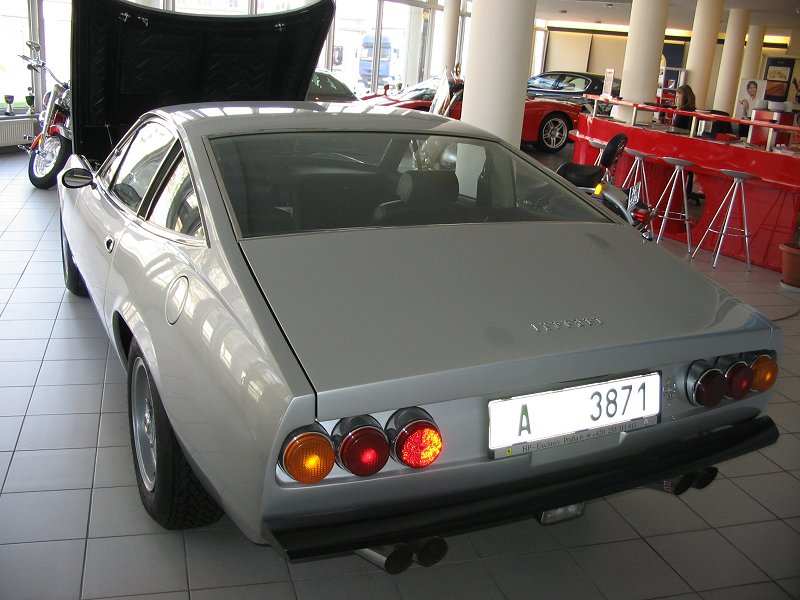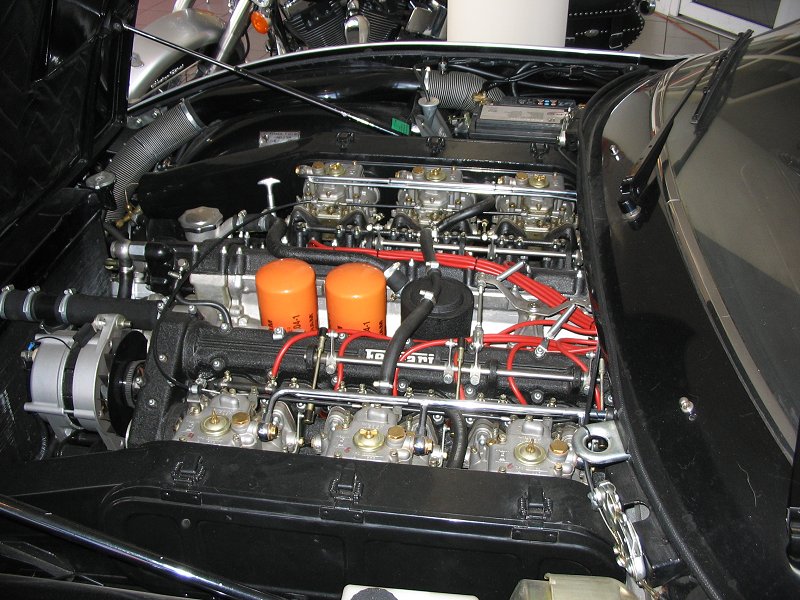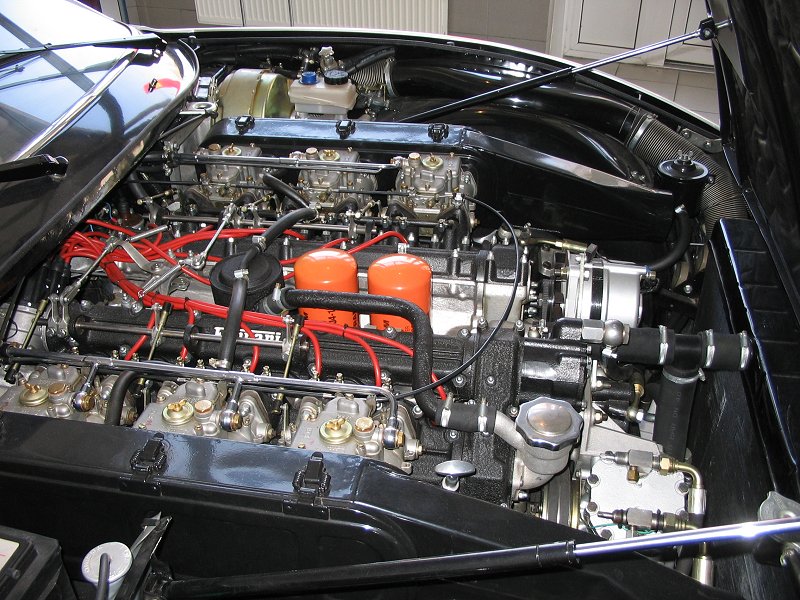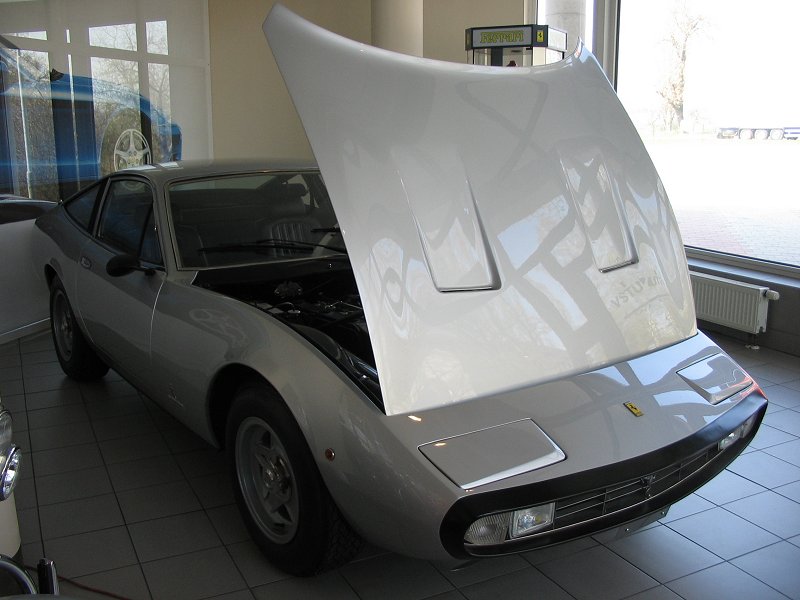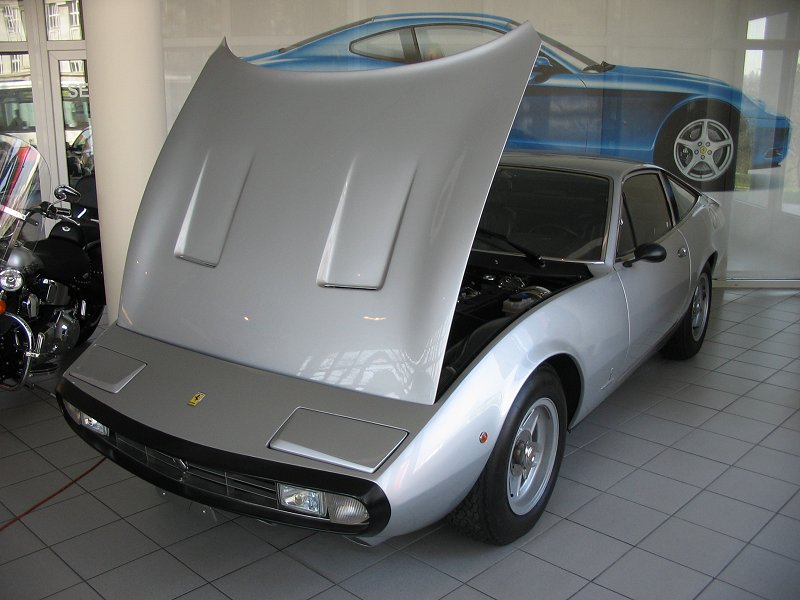Description
The Ferrari 365 GTC/4 was introduced in 1971 as a more practical, grand touring companion to the high-performance 365 GTB/4 Daytona. Designed to bridge the gap between the pure sports focus of the Daytona and the luxury-oriented 365 GT 2+2, it offered seating for four in a sleeker, more modern package, while retaining the performance expected of a front-engined Ferrari V12.
Under the bonnet, it used the same Colombo-designed 4,390 cc V12 as the Daytona, but tuned slightly differently for more tractable power delivery. Fitted with side-draught Weber carburettors to accommodate a lower bonnet line, the engine produced around 340 horsepower, paired with a five-speed manual gearbox. While its outright top speed was slightly below the Daytona’s, the GTC/4 offered smoother low-end torque and easier drivability, making it better suited to everyday use and long-distance touring.
The design, penned by Pininfarina, featured a wedge-shaped profile that reflected early 1970s styling trends. Its long, low bonnet, pop-up headlights, and sharply creased lines gave it a contemporary, aggressive look, while the large glasshouse and Kamm tail offered good visibility and a distinctive rear view. Though the car was a 2+2, the rear seats were best suited for occasional use or luggage, preserving the model’s sporting intent.
Inside, the 365 GTC/4 was more luxurious than the Daytona, with a wide, leather-covered dashboard, integrated centre console, and a higher level of comfort equipment, including standard power steering and air conditioning. The cabin was designed for relaxed, high-speed travel, with generous space for front occupants and an emphasis on refinement.
Produced for only two years, from 1971 to 1972, the 365 GTC/4 saw just 505 examples built, making it a relatively rare Ferrari of the era. While it was often overshadowed by the Daytona at launch, it has since gained appreciation for its unique blend of style, usability, and classic V12 performance.
Today, the 365 GTC/4 is valued as a more approachable and comfortable alternative to the Daytona, offering much of the same engineering excellence but with added practicality and a distinctive, period-correct design that captures the early 1970s Ferrari aesthetic.
